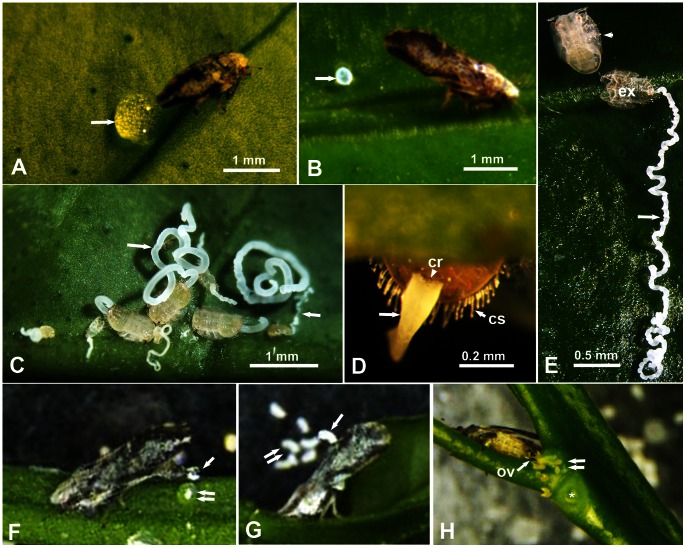Figure 1. Anal excretion and oviposition behavior of the Asian citrus psyllid.
A–C. Adults and nymphs feeding and producing their honeydew (arrows) on citrus leaves; note large clear drop produced by the male (in A), whitish pellet by the female (in B), and long whitish tubes/ribbons of nymphs (in C). D. Ventral view of the abdomen’s posterior end of 5th instar nymph, showing honeydew (arrow) oozing out from the anus and circumanal ring (cr), and the long circumabdominal setae (cs). E. Newly molted nymph (arrowhead) leaving a long ribbon of honeydew (arrow) still attached to the exuvia (ex). F–H. Still micrographs taken from videos: F, a male depositing its clear honeydew droplet (arrow) gently on top of a previously excreted drop (double arrows); G, a female propelling its whitish pellet (arrow) dorsally and to the side with other previously propelled pellets (double arrows); H, a female laying eggs (double arrows), one leaf was removed at the position of the asterisk to expose eggs laid between the young shoot and the petiole of that leaf). Abbreviations: cr, circumanal ring; cs, circumabdominal setae; ex, exuvia; ov, ovipositor valvulae.

